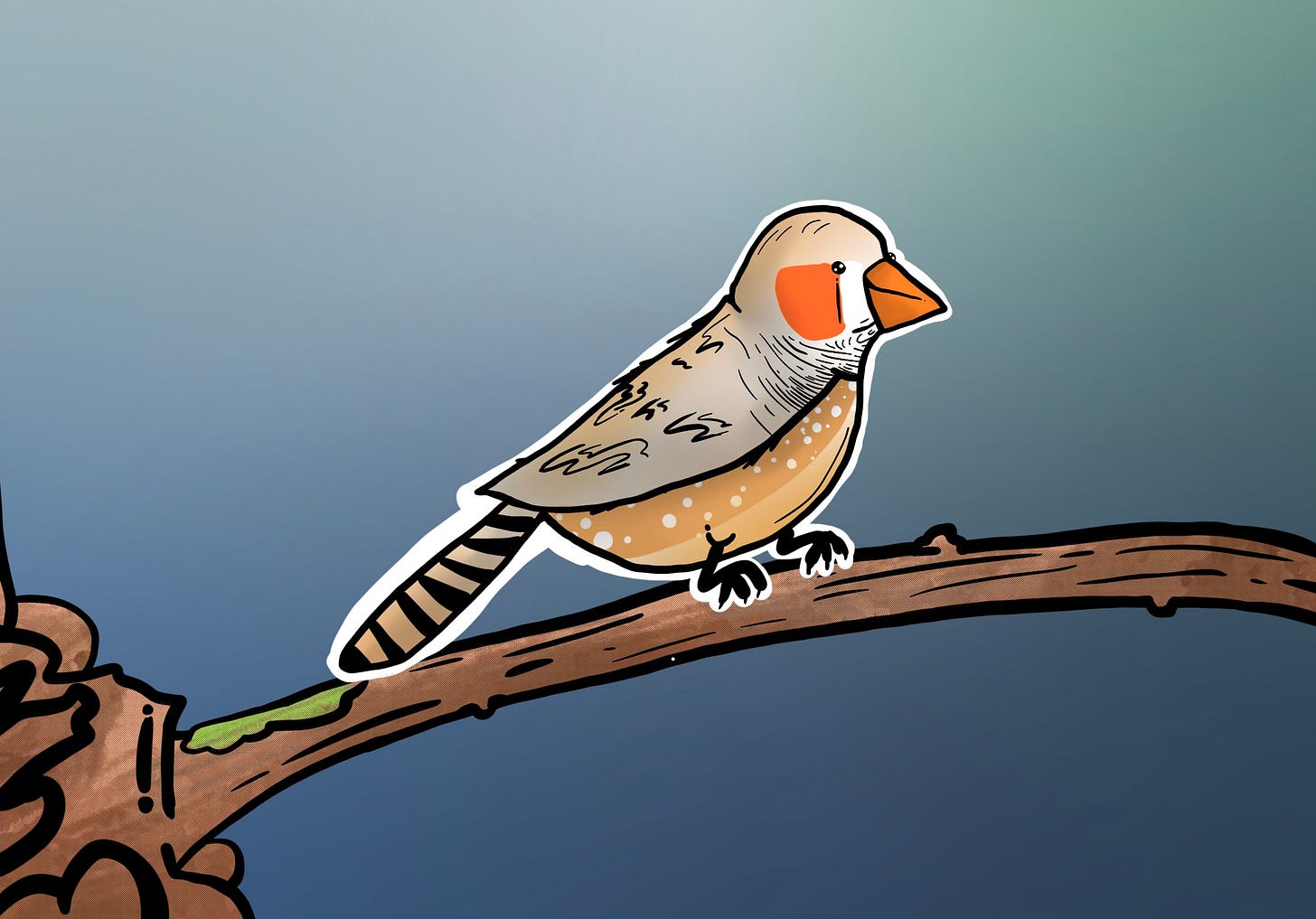Naive Sprung Rhythm
Metric poetry is rhythmic language laid above, and to some degree matching, an underlying pulse. If you do not know where in that pulse you are, you may mangle the verse. In iambic pentameter the pulse is easy: five strong beats, separated by weaker off-beats. Often the pulse emerges from the rhythm even if you are not a scholar of prosody. Reading Antony’s funeral oration in Julius Caesar,
I come to bury Caesar, not to praise him,
You’ll feel the beats as bolded:
I come to bury Caesar, not to praise him.
I don’t mean that you place extra stress on “not” when you say it; just that you sense that it falls “on the beat.”
Othertimes you need to know what you are doing, if you are not to lose the beat. Later in Antony’s speech he says
The good is oft interred with their bones.
Reading this naively, making “interred” two syllables, is wrong; the beat gets lost. To avoid this, one must read it with that extra poetic “-ed” added at the end
The good is oft interréd with their bones.
Same with the line
For Brutus is an honourable man.
If you contract “honourable” to “hon-ra-ble” you lose a crucial syllable, and miss a beat. It needs all four syllables: hon-our-a-ble; then the fourth beat can fall under the a.1
All this, to convince you that it is useful to know something about what sprung rhythm is, when reading and appreciating the poetry of Gerard Manley Hopkins. Hopkins didn’t claim to invent sprung rhythm, but he did claim to resurrect it, and write many of his poems in it. To read it, today’s English classes leave one unprepared. Absent knowledge of its principles, one may not appreciate the poems’ rhythmic properties, instead thinking that they are a garbled mess.
Unfortunately there are 101 different theories of what sprung rhythm is. Each theorist has spent astronomically more time developing their theory than I have spent evaluating it, so this is at best at attempt at a first approximation.
Here is “Pied Beauty”:
Glory be to God for dappled things – For skies of couple-colour as a brinded cow; For rose-moles all in stipple upon trout that swim; Fresh-firecoal chestnut-falls; finches’ wings; Landscape plotted and pieced – fold, fallow, and plough; And áll trádes, their gear and tackle and trim. All things counter, original, spare, strange; Whatever is fickle, freckled (who knows how?) With swift, slow; sweet, sour; adazzle, dim; He fathers-forth whose beauty is past change: Praise him.
Challenges arise already in line 2: where is one supposed to feel the beat? How many beats even are there? Line 1 has five beats in nine syllables, falling just as Shakespeare would lead you to expect,2 but line 2 has twelve syllables.
This is actually the easy case: already in less-arty English verse off-beats can be filled by more than one syllable, as in the last line of this stanza from “Bonny Barbara Allen”:
He turned his face unto the wall, And death was with him dealing: ‘Adieu, adieu, my dear friends all, And be kind to Barbara Allen.’
This is a ballad, so lines 2 and 4 should have three beats. That’s no challenge in line 2; for line 4, it’s achieved by reading the first two syllables, “And be,” as both occupying the off-beat:
And be kind to Barbara Allen.
So in line 2 of “Pied Beauty” there are indeed just five beats; but some off-beats are multiply-occupied:
for skies of couple-color as a brinded cow.
That, I said, was the easy case. The hard case may be found in line 6, the one with the funny accent marks that Hopkins himself wrote:
and áll trádes, their gear and tackle and trim.
If you try to read this like Shakespeare, you’ll want to put “all,” “their,” “and, “-le,” and “trim” on the beat, and it will not work. What’s going on?


